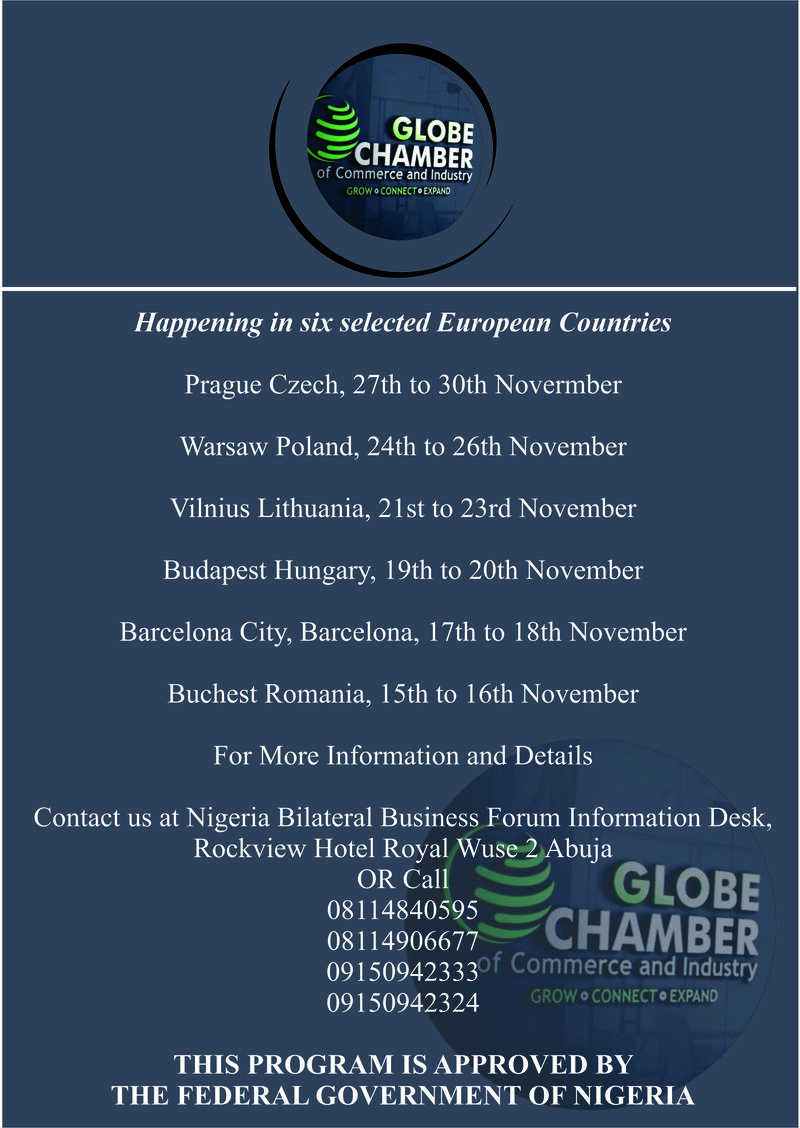 The history of Aboriginal peoples in Canada is rich and diverse.
This history stretches long into the past before the arrival of the
European newcomers with diverse interactions among different peoples,
flourishing trade and fierce conflict, and competition for lands and
resources. The history of First Nations, Inuit and Métis is essentially
the very history of Canada as they have played, and continue to play
important roles in its development and its future.
The history of Aboriginal peoples in Canada is rich and diverse.
This history stretches long into the past before the arrival of the
European newcomers with diverse interactions among different peoples,
flourishing trade and fierce conflict, and competition for lands and
resources. The history of First Nations, Inuit and Métis is essentially
the very history of Canada as they have played, and continue to play
important roles in its development and its future.The impact of treaty-making in Canada has been wide-ranging and long standing. The treaties the Crown has signed with Aboriginal peoples since the 18th century have permitted the evolution of Canada as we know it and form the basis for the ongoing treaty relationship. This treaty-making process, which has evolved over more than 300 years between Aboriginal and non-Aboriginal people in Canada, has its origins in the early diplomatic relationship developed between European settlers and Aboriginal people. These diplomatic proceedings were the first steps in a long process that has led to today's comprehensive claims agreements between the Crown and Aboriginal people.Throughout Canada's history, Aboriginal peoples have helped shape this land into the country we know today. During the War of 1812, First Nations warriors and Métis fighters played important roles in the defence of these British territories against invading American forces. Thousands of First Nations warriors and Métis fighters fought beside British troops and Canadian settler militias during the war. More than 10,000 First Nations warriors from the Great Lakes region and the St. Lawrence Valley participated in nearly every major battle.
On June 11, 2008, Prime Minister Stephen Harper offered an historic Apology to former students of Indian residential schools and their families, and sought forgiveness for the suffering and the long-lasting impact the schools have had on First Nations, Inuit and Métis culture, heritage and language. Alongside the 2008 Apology, the successful ongoing implementation of the Indian Residential Schools Settlement Agreement is a key factor in the Government of Canada’s efforts to forge a new relationship between Aboriginal and non-Aboriginal Canadians.
The Canadian Arctic Expedition (CAE) marked a significant turning point in Canada's Arctic territorial history and helped shape Canada into a nation, strong and free. By asserting Canadian control over thousands of square kilometers and confirming Canada's modern Northern border, the Expedition and its activities laid the foundation for the future of Canada's development in the Arctic. It further defined Canada's northern boundaries and provided significant scientific and cultural knowledge of the Arctic and of Northern peoples.
During the First World War, thousands of Aboriginal people voluntarily enlisted in the Canadian military. They served in every major theatre of the war and participated in all of the major battles in which Canadian troops fought. Hundreds were wounded or lost their lives on foreign battlefields. Aboriginal soldiers served valiantly; many distinguished themselves as talented and capable soldiers and at least 50 were awarded medals for bravery and heroism.In 2009, June was declared National Aboriginal History Month, following the passing of a unanimous motion in the House of Commons. This provides an opportunity to recognize not only the historic contributions of Aboriginal peoples to the development of Canada, but also the strength of present-day Aboriginal communities and their promise for the future.
Every June, Canadians celebrate National Aboriginal History Month, which is an opportunity to honour the heritage, contributions and cultures of First Nation, Inuit and Métis communities across Canada. Canadians are also invited to celebrate National Aboriginal Day on June 21st each year.




No comments: